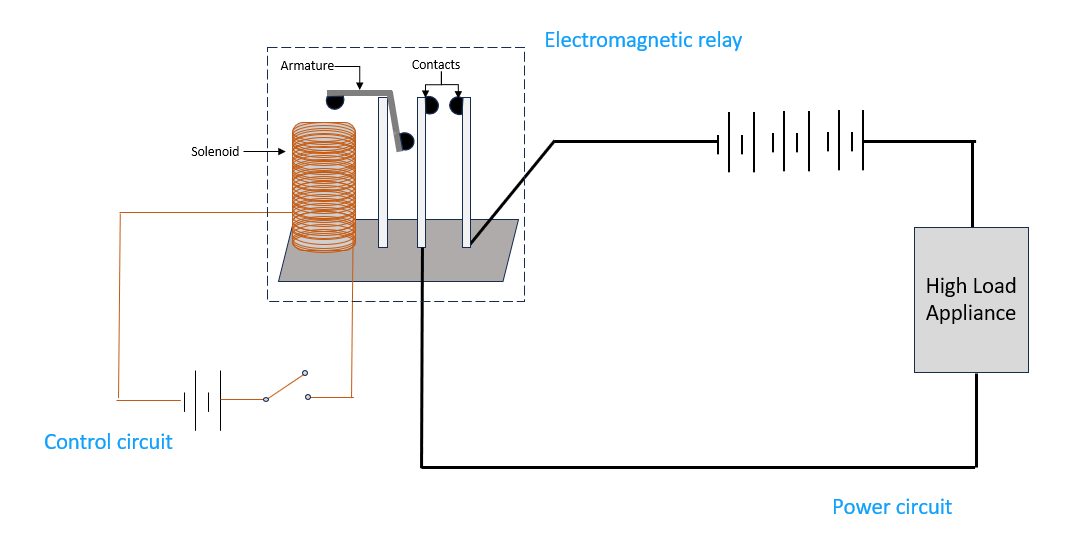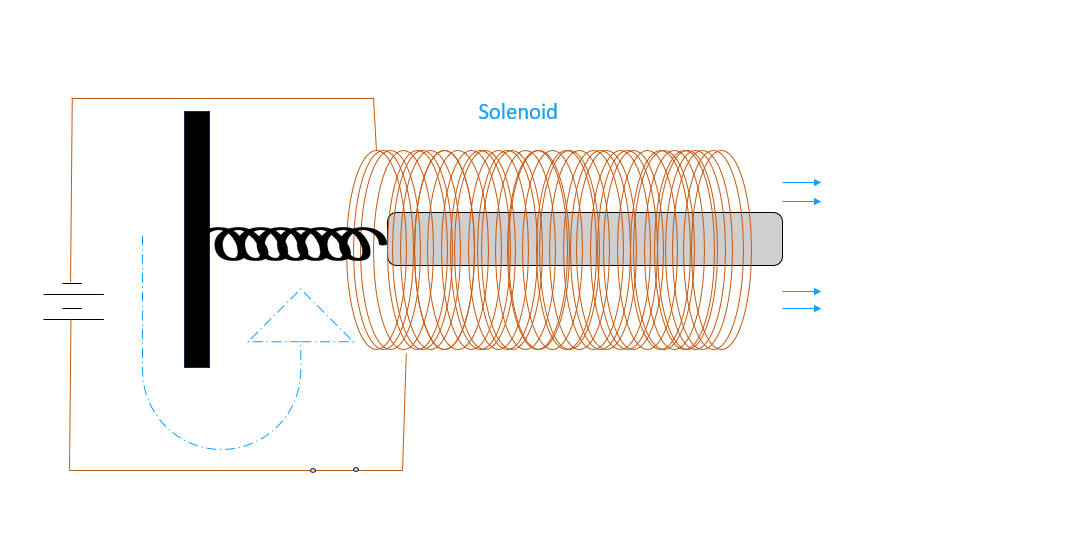How Electromagnetic Switches Work: The Science Behind Power Control
I know what you’re thinking: a switch is just a simple electrical component, right? It connects a circuit, lets current flow, and gets the job done. So why add the complexity of electromagnetism to something so basic?
The answer lies in the demands of modern technology. A switch’s role isn’t just to connect and disconnect a circuit—it needs to act instantaneously, operate flawlessly, and endure millions of cycles without fail. Mechanical switches can’t keep up with these demands. That’s where electromagnetic switches step in, revolutionizing how circuits are controlled with unmatched precision, durability, and efficiency.
The electromagnetic switches are of basically of two types: Relays & Solenoids. We will be discussing both of them in detail.
Electromagnetic Relays

Relays are among the most common electromagnetic switches, designed to use a smaller electrical current to control the switching of larger currents in a circuit. In complex circuits, separating the controller circuit from the power circuit is essential. This separation ensures safety, protects sensitive components, and provides precise, reliable control over high-power applications—forming the backbone of modern electrical and electronic systems.
Here’s how a relay works: when the control circuit is closed, a small current flows through the solenoid, causing it to behave like a magnet. This magnetic field attracts the armature—a lever with ferromagnetic material (like iron) at its end. Ferromagnetic materials are drawn to magnetic fields regardless of polarity. As the armature moves toward the solenoid, it closes the loop in the power circuit, allowing high-voltage current to flow seamlessly.
Solenoid Actuator

A solenoid consists of a coil of wire and a movable core (plunger) made of ferromagnetic material. When an electric current passes through the coil, it generates a magnetic field, pulling the plunger into the coil. This movement of the plunger performs a mechanical action, such as engaging a gear or operating a valve. Essentially, the solenoid converts electrical energy into precise linear motion. Solenoid actuators have fast response time and high reliability too. Hence, solenoids are widely used in various applications like automotive starters, door locking mechanisms, valve actuators, etc.
To enhance your understanding of how a solenoid produces magnetic field, we encourage you to try our solenoid simulator.



